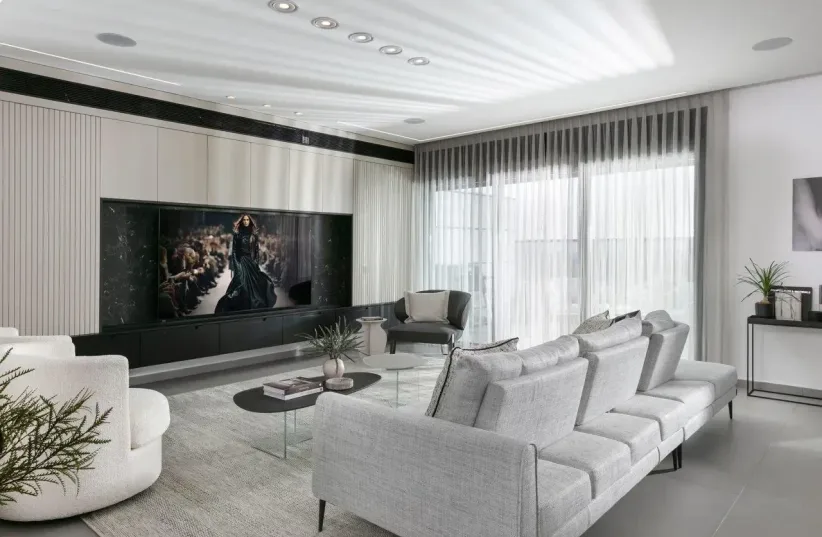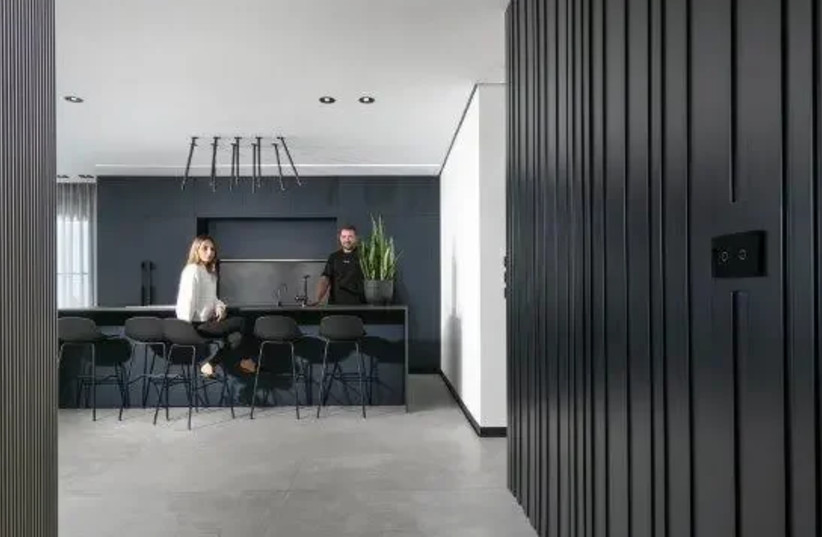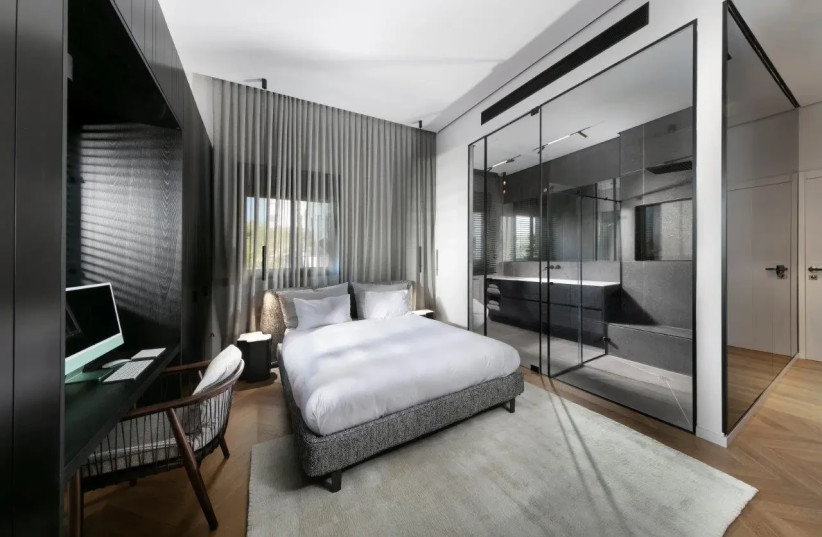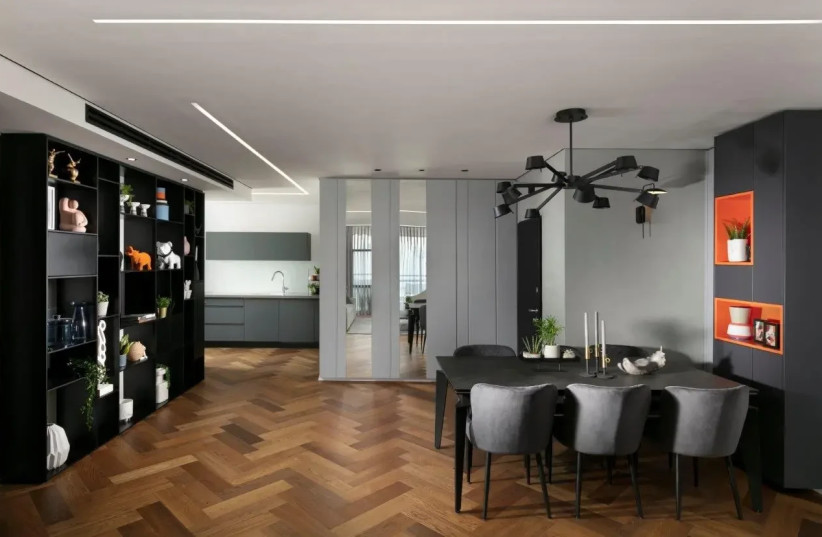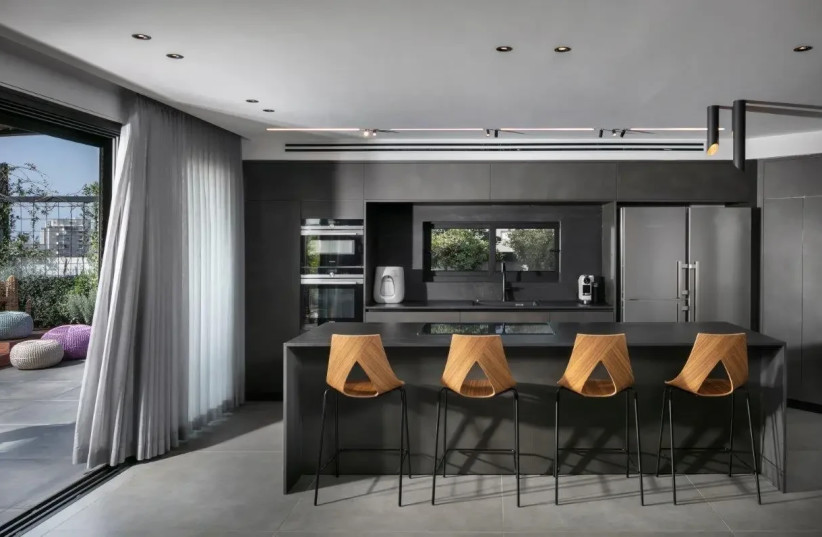In an era of abundance, the disparity between what we truly need and the actual content is often stark. Unfortunately, many homes, whose role is to serve as a comfortable refuge, are overloaded, tired, and resemble warehouses. The good news is that with proper planning, the situation can be completely transformed, explains interior designer Liad Yosef. Just before Passover, it's time to make room.
So where do we begin?
Try to understand how you truly live. Proper storage solutions rely on understanding what truly bothers us. Before planning or purchasing furniture, we must stop and understand what bothers us visually and what is needed to improve our daily routine, as well as the flow between spaces.
In practice, efficient and aesthetic storage solutions significantly enhance the living experience. For instance, in many Israeli apartments, there are alcoves and niches that remain unused and can serve as excellent storage spaces in strategic areas such as entryways and stairwells – areas where we want to store scattered items like bags, children's helmets, coats, and more.
Utilize various depths
"The fact that most systems today (electrical, audio, air conditioning, etc.) are concealed within niches allows us to utilize the surrounding areas for storage," according to interior designer Liad Yosef. "For example, in many apartments, vertical VRF air conditioning units are concealed within furniture bodies to avoid lowering ceilings. Surrounding them, we can create extensive storage systems that include, according to the space design and need, closed storage compartments, open shelves, and more. It is possible and recommended to play with depths according to purpose, planning deeper compartments alongside those suited for books, picture displays, and accessories."
According to Yosef, in most new apartments, the electrical and communication cabinet is located near the entrance, and this area can be intelligently planned to be concealed behind floor-to-ceiling body facades, with storage shelves, bags, and shoes below and above. It's an area often underutilized and ripe for providing solutions for many items in need of space. Generally, thanks to existing technologies and materials in the industry, it's possible to create storage spaces that look aesthetically pleasing and clean outwardly. Like a wall for anything – thanks to endless textures and colors, one can transform generic and dull walls into powerful ones by covering them with porcelain, veneer, stone, unique painting techniques, and more.
Think of every detail
To equate busy kitchens with a tidy appearance, Yosef recommends using a built-in concept system installed as an integral part of the kitchen cabinet and enters into a pocket: "I really like to design such a unit if there's space," he explains. "All electrical appliances that usually sit on the counter can be placed in it, and with a push of a button, they can all be hidden behind an aesthetic and clean facade from floor to ceiling, leaving the kitchen clean and organized. This rationale applies to every space. When planning a home or apartment, it's important to allocate each item its place, even if it's hidden inside a cabinet. This way, for example, if you use electric toothbrushes, it's correct to plan a dedicated space for them and integrated sockets within the cabinet body. There's a double benefit: operation becomes much easier and convenient, and the entire area looks clean and airy."
"In long and wide staircases, where creative storage solutions are required, the tendency is to create doors in a zero-line that open with a touch. Thus, the fronts of the procedure appear just like a wall, but in reality, many closets and compartments are hidden along its length," he concludes.
